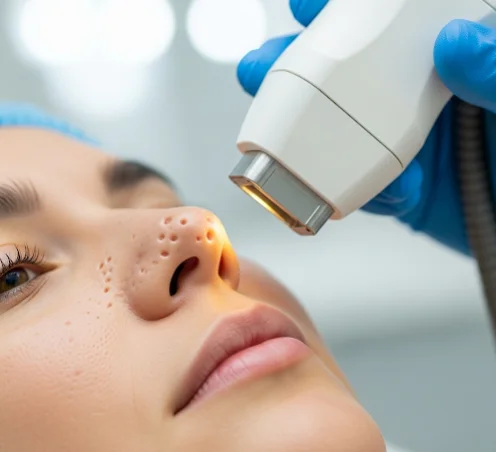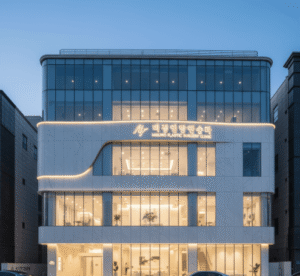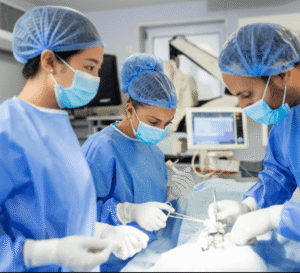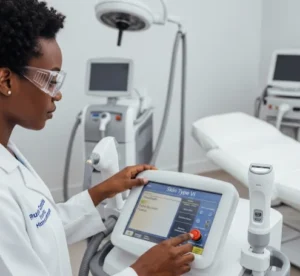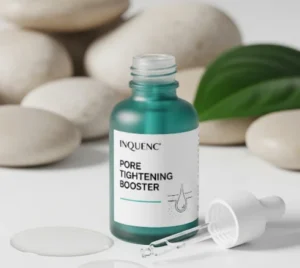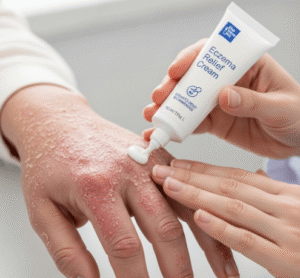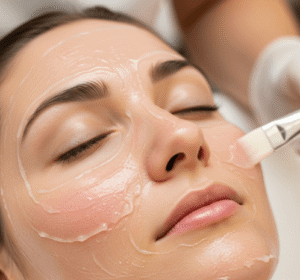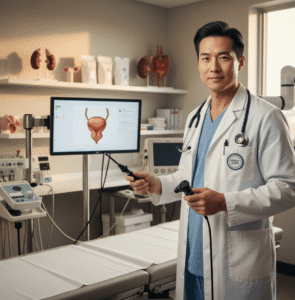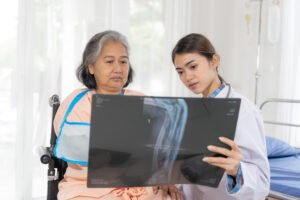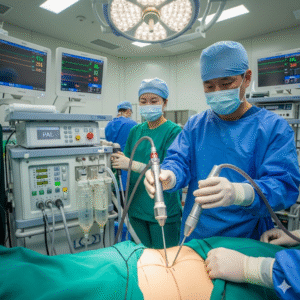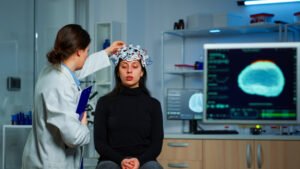Pore Tightening Laser in Korea is one of the most in-demand aesthetic treatments, aimed at reducing the appearance of enlarged pores, rough texture, and uneven skin tone. Large pores are a common concern caused by genetics, excess sebum production, sun damage, aging, and acne history. While skincare products can help, they rarely provide dramatic improvement.
Korean dermatology clinics are globally recognized for their cutting-edge laser technologies, offering treatments such as fractional lasers, Nd:YAG toning, Pico lasers, and RF-laser hybrids that effectively stimulate collagen, shrink sebaceous glands, and refine skin texture. Combined with K-beauty skincare and aftercare protocols, pore tightening laser treatments in Korea deliver smoother, clearer, and youthful-looking skin.
What It Is
Pore tightening laser is a non-invasive or minimally invasive procedure that targets enlarged pores by stimulating collagen remodeling and sebum control.
Common pore tightening lasers in Korea include:
- Fractional CO₂ or Er:YAG lasers → Resurface the skin and shrink pores.
- Long-pulsed Nd:YAG laser (1064 nm) → Penetrates deeply to stimulate collagen and reduce oil production.
- Pico lasers (PicoWay, PicoSure Pro) → Improve texture and pigmentation associated with pores.
- RF-microneedling with laser integration → Dual technology for pore reduction and tightening.
These treatments not only minimize pores but also improve acne scars, fine lines, and skin laxity.
Why It’s Done
Patients seek pore tightening laser treatments in Korea for:
- Cosmetic improvement → Smaller, refined pores for a flawless complexion.
- Anti-aging benefits → Tighter skin and improved elasticity.
- Acne management → Sebum regulation reduces breakouts.
- Scar improvement → Especially effective for acne-related texture.
- Cultural aesthetics → Smooth, poreless skin is a hallmark of K-beauty standards.
Alternatives
If lasers are not chosen, Korean clinics also offer alternatives for pore management:
- Chemical peels → Glycolic, salicylic, or TCA peels to exfoliate and refine pores.
- Microneedling (Dermaroller or RF) → Stimulates collagen naturally.
- Topical treatments → Retinoids, niacinamide, and azelaic acid.
- HydraFacial or Aqua Peel → Deep cleansing facials popular in Korea.
- LED therapy → Blue and red light for acne and inflammation control.
However, laser therapy provides the most dramatic and lasting results.
Preparation
Preparation for pore tightening laser in Korea involves:
- Consultation → A dermatologist analyzes pore size, oiliness, and skin type.
- Pre-care advice → Avoid sun exposure, tanning, and exfoliants for 1–2 weeks before.
- Skin conditioning → Gentle hydration and sunscreen before treatment.
- Medical history → Patients disclose acne medications, scarring tendency, or sensitivity.
Numbing cream is often applied before fractional or ablative lasers for comfort.
How It’s Done
A pore tightening laser session in Korea typically lasts 30–60 minutes:
- Cleansing – Makeup and oils are removed.
- Numbing cream (if needed) – Applied for 20–30 minutes.
- Laser application –
- Fractional laser creates micro-injuries to trigger collagen remodeling.
- Nd:YAG laser delivers heat deep into the dermis for collagen tightening.
- Pico laser targets pigmentation and improves pore-associated discoloration.
- RF-laser hybrid combines energy sources for maximum tightening.
- Cooling therapy – Soothe skin and reduce redness.
- Post-care – Application of calming masks, hydrating ampoules, and sunscreen.
Most patients undergo 3–5 sessions spaced 4–6 weeks apart for best results.
Recovery
Recovery varies depending on the laser:
- Non-ablative lasers (Nd:YAG, Pico) → Mild redness for a few hours, no downtime.
- Fractional CO₂ or Er:YAG → Redness, swelling, or tiny scabs lasting 2–5 days.
- RF-laser hybrid → Slight redness, downtime 1–2 days.
Within 1–2 weeks, patients notice smoother texture and reduced pore visibility. Korean clinics accelerate recovery with LED therapy, hydration facials, and antioxidant serums.
Complications
Pore tightening laser is safe in Korea, but possible side effects include:
- Temporary redness and swelling.
- Dryness or mild flaking.
- Hyperpigmentation or hypopigmentation if aftercare is neglected.
- Rare scarring if overly aggressive treatment is used.
Korean dermatologists minimize risks by using personalized fluence levels, multi-session protocols, and strict aftercare guidance.
Treatment Options
Korean clinics provide multiple pore tightening programs:
- Fractional laser packages → For pore reduction and scar improvement.
- Nd:YAG toning programs → Oil control plus pore tightening.
- Pico laser treatments → Texture and pigmentation improvement.
- RF-laser hybrids → Intensive tightening for aging skin with large pores.
- Comprehensive skin packages → Pore laser + Aqua Peel + whitening ampoules.
Seoul’s dermatology hubs, especially in Gangnam, offer multi-session packages at affordable rates, attracting both locals and international patients.
Conclusion
Pore Tightening Laser in Korea is one of the most advanced and effective solutions for achieving smooth, refined, and youthful skin. With options ranging from Nd:YAG and Pico lasers to fractional and RF-laser hybrids, Korean dermatologists tailor treatments to individual skin needs for maximum results with minimal downtime.
By combining cutting-edge technology, expert protocols, and holistic K-beauty aftercare, Korea continues to lead the world in pore management. For patients seeking flawless, radiant skin, pore tightening laser treatments in Korea remain a world-class solution.

